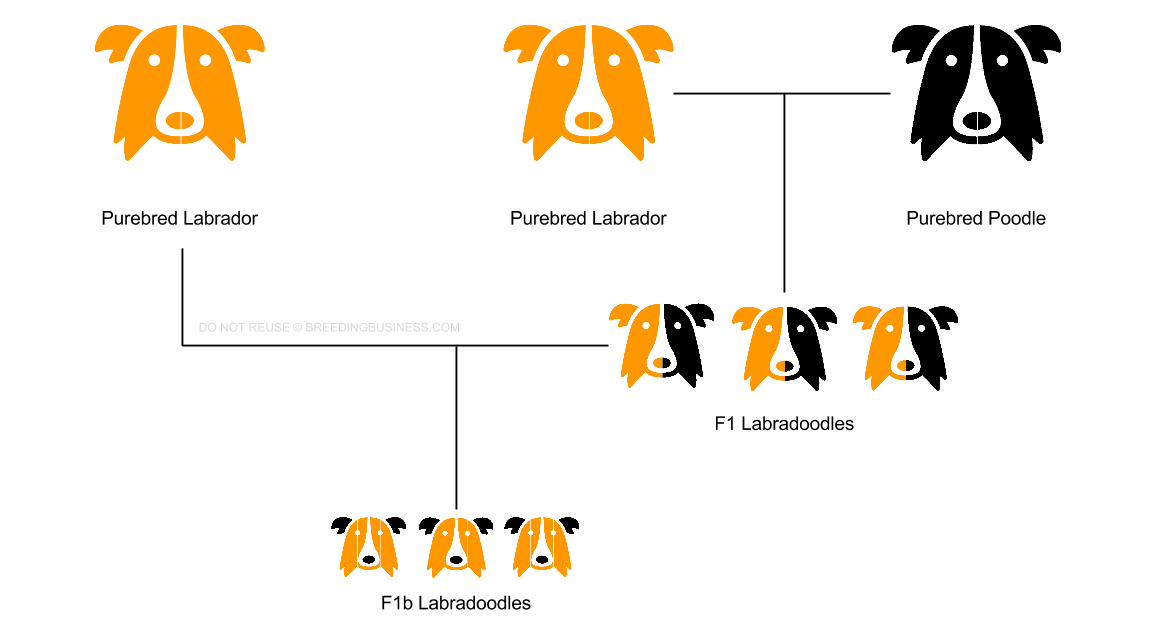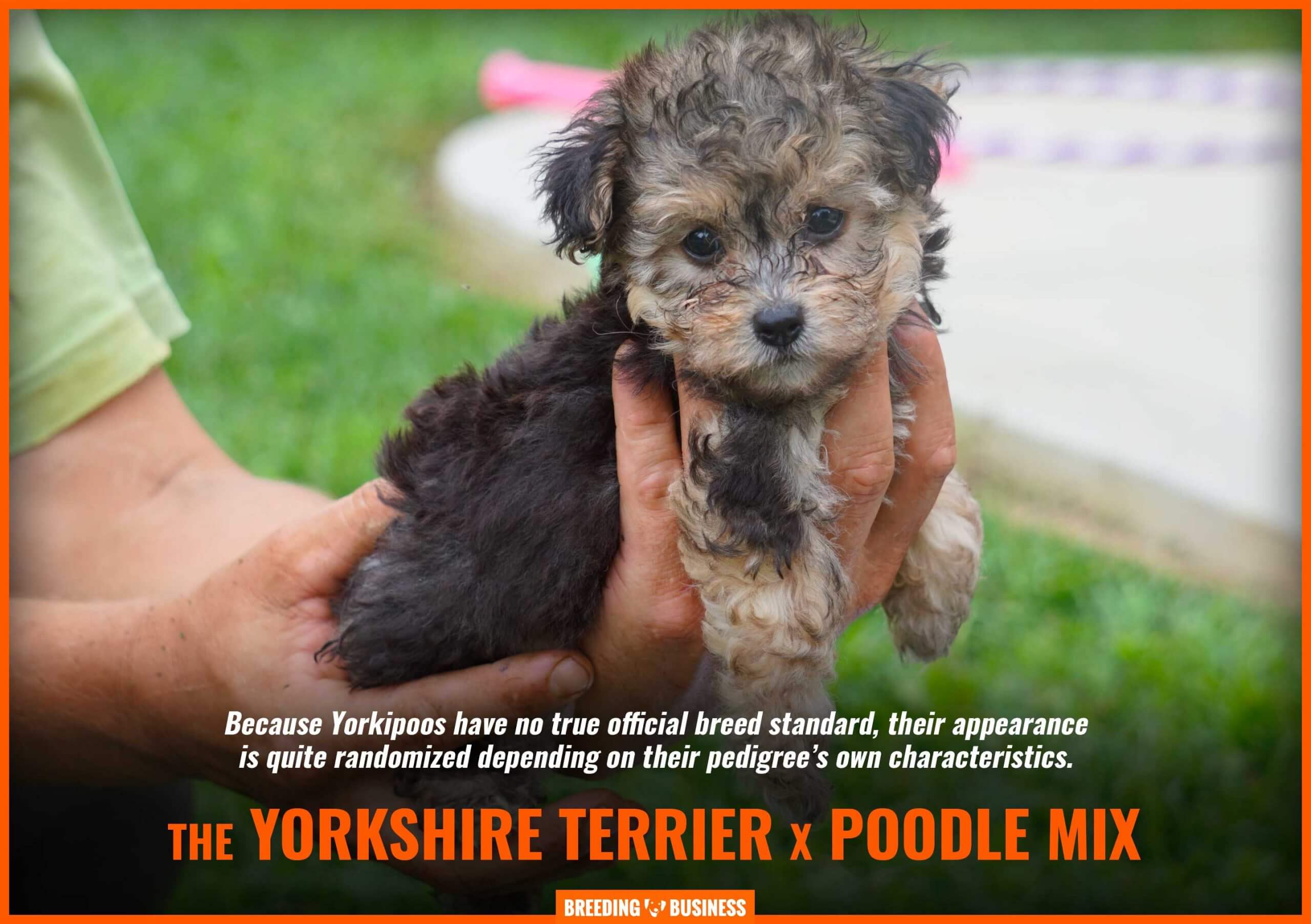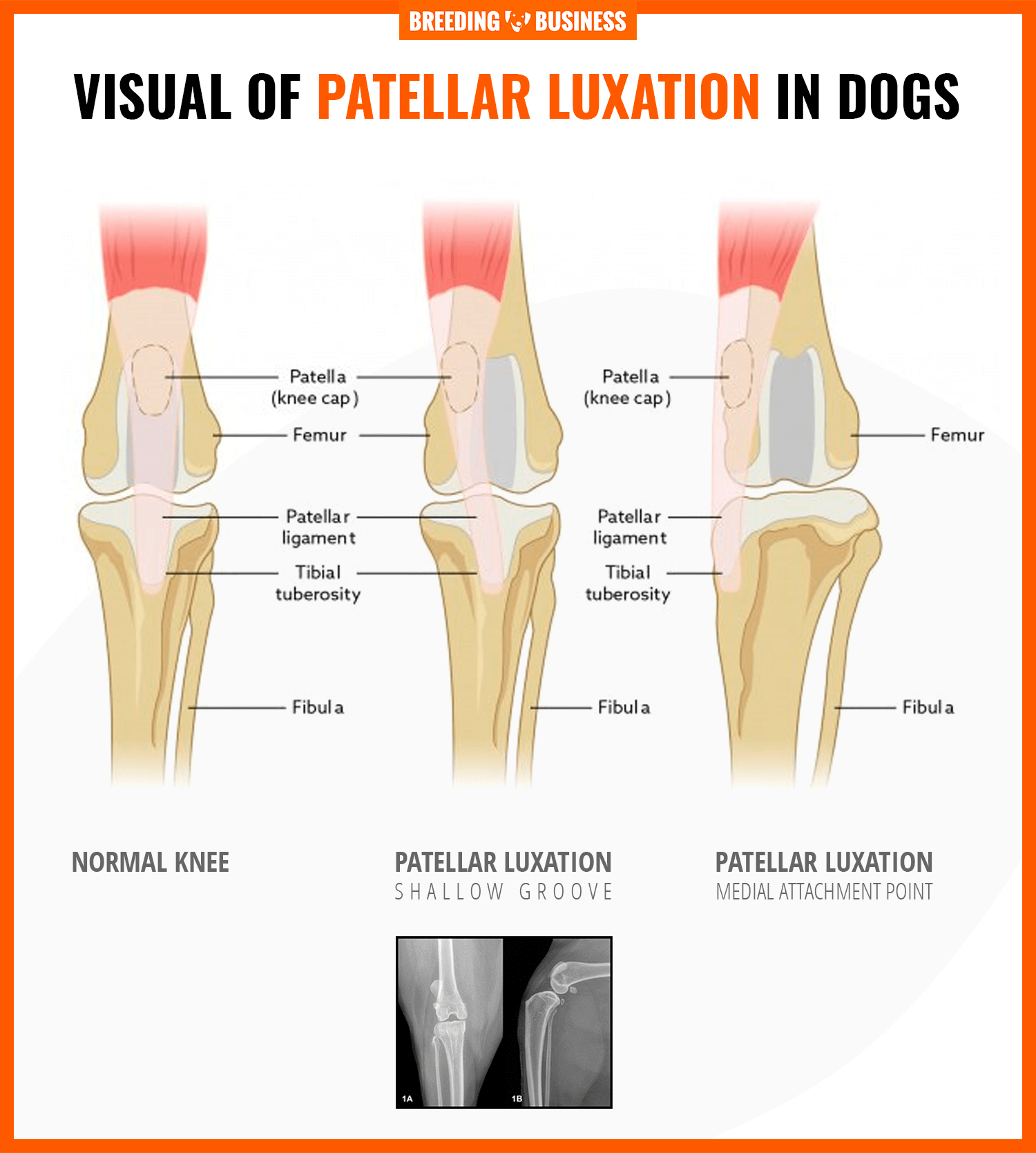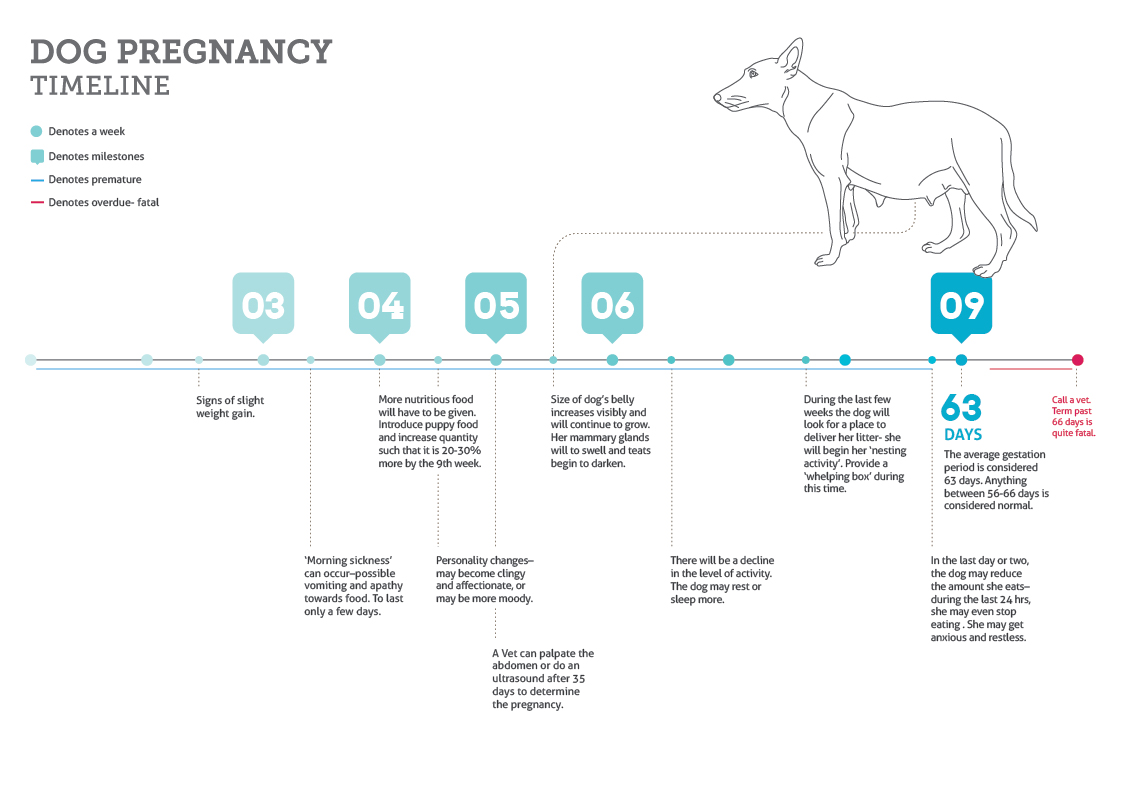Are you interested to learn how to breed Yorkipoos? This lovely cross between a miniature or toy Poodle and a Yorkshire terrier has captivated the world, and therefore, we have decided to create this breeding guide, to help aspiring owners and breeders.
A Yorkipoo puppy is a blend of different features. The Yorkshire terrier and the toy Poodle are amongst the smallest dog breeds in the world. Therefore, the mix is also of small frame and lightweight. Nonetheless, it inherits confidence from the Yorkshire, whereas it is easygoing and resolute thanks to its Poodle heritage.
Thanks to this excellent mix of temperaments, the Yorkipoo is recognized as an amazing contest and show dog. However, they also make amazing family dogs and companions.
We are going to examine all the features of our breeding guide. Keep reading to learn more about this amazing Yorkshire Poodle mix that is taking the world over.
Background of Yorkipoo Breeding
Let us start with a proper background about Yorkipoos, so you can learn more about their history, appearance standards, grooming needs, and their temperament. We will show you why so many people love it, which is essential information regardless if you want to become a breeder or simply own a pup.
Origin
The Yorkipoo was created as an effort to unite the best features of the Poodle and the Yorkshire terrier. However, it is a very recent crossbreed – less than 10 years – and therefore there is not much history. Unfortunately, there is not much information about the true origin of this dog.
Nonetheless, we can review the origin and history of the parents, which is well known.
Yorkshire Terrier
The Yorkshire Terrier breed is originally from England and it was bred with the purpose of hunting rats in mines. However, they also proved to be excellent for hunting to borrow underground after foxes and badgers.
The direct ancestor of this breed is the Waterside terrier. According to historical evidence, they were brought to northern England during the mid of the 19th century, thanks to workers from Scotland who came to Yorkshire looking for work.
Poodle
Although the origin of the Poodle breed is still unclear, it is disputed between France and Germany, because evidence suggests that it could either descent from the French Barbet or from some water dog original from Germany.
Poodles were used for hunting ducks, but their talents also made them exceptional guard dogs, guide dogs, military dogs, and even circus performers. Today, the Poodle is the key part of many Poodle mixes, such as Maltipoos, Yorkipoos, Labradoodles, etc.
Generations (F1, F2, F1b)
When we talk about crossbreed dogs, it is important to be aware of the terms F1, F2, and F1b. Below you will find a straightforward explanation:
- F1 Yorkipoo: The puppy you obtain from breeding a purebred Yorkshire Terrier and Miniature/Toy poodle.
- F2 Yorkipoo: The result of breeding two F1 Yorkipoos. It helps to standardize the features of the crossbreed.
- F1b Yorkipoo: The puppy you get from breeding an F2 Yorkipoo with a Chihuahua. It helps to inject more Chihuahua traits into the mix.

Appearance
Like any other breed or crossbreed, there are specific appearance standards to meet. In the case of the Yorkipoo, these ones matter the most.
Size
They fall in the category of toy dogs and these are the ideal measures:
- Height: 7 to 15 inches
- Weight: 3 to 14 pounds
As you can see, they have a petite frame, and therefore, they are fragile. In consequence, you should supervise them whenever small children play with them since they can injury your Yorkipoo.
Body
The ideal body of the Yorkipoo is muscular and slim. As we have seen in the previous sub-section, it is fragile and light. Nonetheless, it does not prevent them from being very active.
Head
The head of the Yorkipoo is slender and features a dark muzzle. The eyes are round and expressive, which is a very important factor in this crossbreed. Their ears are small and triangle-like and covered with hair and guard hairs that stand out.

Coat
The coat is one of the most prominent features and it can vary a lot. For example, it can be curled, but it can also be silky and light. These are the most popular and ideal colors:
- Cream
- Apricot
- White
- Black
- Sable
- Red
As we have seen in the grooming section, it requires regular maintenance to keep it in perfect state. Furthermore, it will allow you to remove pollutants and allergens that it could catch when your dog spends time outdoors.
Grooming
They have high maintenance needs when it comes to grooming, especially if we talk about their coat. They require you to brush their coat weekly to keep it in a good state, along with a monthly bath. However, make sure that they use a shampoo that will not trigger skin allergies since they are highly susceptible.
The good news is that they do not shed, but their coat requires regular maintenance because it mats easily. Therefore, get used to brushing it on a regular basis and taking it to monthly baths. In addition, you will need to trim their coat every 1-2 months
Regarding its nails, you will need to clip its nail every 2 months to keep them healthy. We recommend you to get a veterinarian to do it because it can be dangerous for new owners to do it since they tend to move too much and you can injury them easily.
Temperament
One of the reasons people love Yorkipoos is due to their excellent temperament. Nonetheless, it is our duty to show you the pros and the cons, to let you see if you are an ideal owner for it or not.

Pros
This designer dog is characterized for being loving, gentle and affectionate. Therefore, they will always chase your attention. They love to please their owners, and therefore, it is an amazing companion dog.
They are very smart because both parent breeds also rank high in intelligence. Therefore, they process training quickly. They can learn commands and tricks in record time, which makes them ideal for novice owners.
They are also extremely friendly, which makes them ideal to live with other dogs. Nonetheless, to avoid potential problems, you should socialize it from an early age.
They also love to entertain, and you will see in their social, playful and energetic personality. They love attention and they are not afraid to do whatever is possible to get it.
Cons
It is worth mentioning that they are bold and confident, which can make them bossy at times. Nonetheless, you can remedy it with training. It is a consequence of their elevated intelligence.
Because they have elevated needs for love and attention, they tend to suffer from separation anxiety. Therefore, they are not good dogs for people who live alone and need to leave their home alone for several hours every day.
You also need to know that due to the traits they inherit from the Yorkshire terrier, they tend to have a strong prey drive. Therefore, you need to be careful when walking them outside or if you leave them with other small pets such as rabbits.
Health Concerns when Breeding Yorkipoos
Yorkipoos, like other hybrid dogs or breeds, are susceptible to specific health issues. Due to crossbreeding, it is less likely to develop certain ailments; nonetheless, it also makes it more vulnerable to other issues, including problems with breeding lines.
However, it does not mean that your Yorkipoo will develop these issues if any. In the breeding section, we will explain to you how to minimize the risk as much as possible.
Yorkipoos, with proper diet and care, can live between 12 to 15 years, being 13.5 the average age. It is also worth noting that females tend to live 1-2 years more than males.
Below you will find a straightforward description for all the health issues that tend to affect this designer dog.
Epilepsy
Yorkipoos are prone to suffering epilepsy, which derives in seizures that can range from mild to chronic. It is the most common neurological defect seen in dogs because it affects 0.6-0.75% of the general dog population.
These are the most common clinical signs:
- Muscle twitching
- Jerking
- Collapsing
- Stiffening
- Drooling
- Loss of consciousness
- Mouth foaming
The life expectancy for a dog with epilepsy is 11 years when treated properly. Nonetheless, approximately 60% of dogs that suffer from epilepsy and experience one or more episodes of cluster seizures, only live up to 8 years. Therefore, early diagnosis and immediate treatment are the best ways to help your pet.
Parents with epilepsy (Yorkshire terrier or Poodle) or specimens for F1b or F2 breeding must be excluded to clean the gene pool.
Patellar Luxation
Patellar luxation occurs when the kneecap dislocates from its natural position in the groove of the femur. It is fairly common in toy and small breeds, especially in the Yorkshire terrier, which presents a prevalence of 5.4%. Furthermore, according to evidence, the majority of cases are congenital and hereditary.
It can range from Grade 1 – which is the mildest – to Grade 4, which is the most chronic stage.
These are the clearest symptoms:
- Pain in the knee area
- Licking at the knee
- Crying
- Unwillingness to put weight on the affected limb
- Reluctant to walk
- Lameness
The treatment will depend on the severity of the patellar luxation. If it is mild, then prescription drugs and physical therapy will help your pet to recover. If it is chronic, then your pet will have to undergo surgical procedures.

Portosystemic Shunt
It also receives the name of Liver Shunt, a congenital condition that blocks the normal blood flow through the liver, which makes it incapable of detoxing. It puts the life of the puppy at risk because it leads to severe poisoning, which ends up in death. Unfortunately, it has a high mortality rate.
Therefore, you must test the puppies before leaving the breeder, or if you are planning to breed, then you must check the health records of the parents to discard this disease.
These are the most common signs of a liver shunt in Yorkipoos:
- Weak muscles
- Stunted growth
- Total disorientation
- Seizures
- Anxiety
- Circling
The most effective way to treat it is with surgery because it is the only way to stop progressive hepatic fibrosis. Nonetheless, your veterinarian will also use medical therapy to support it.
Legg-Calve Perthes Disease (LCPD)
An orthopedic disease affects the natural development of the bonehead of the femur. As a result, it causes joint inflammation (osteoarthritis) – which ranges from mild to chronic – and the disintegration of the coxofemoral, which is the hip joint.
It expresses in the following symptoms:
- Pain when moving the hips
- Lameness
- Problems and pain when walking
- Tendency to hold one leg up
- Difficulty or impossibility to walk up stairs
The most effective treatment is to remove the affected femoral head and neck. The earlier you do it the better.
Hypothyroidism
Hypothyroidism affects the normal functioning of the thyroid gland, which leads to an underproduction of the thyroid hormone. In result, it causes the following effects in the body of the Yorkipoo:
- Lethargy and weakness
- Sudden weight gain
- Intolerance to cold
- Sudden hair loss
In summary, it affects the normal metabolism of your pet, which can provoke mild symptoms as well as life-threatening effects.
Even though Yorkipoos are at risk of developing this metabolic disease at any age, they become especially vulnerable when they reach senior age, which varies from 8 to 9 years old.
Fortunately, with early diagnosis, proper diet adjustments and treatment, your pet will be able to live a good life.
Canine Atopic Dermatitis (CAD)
CAD is an allergic and chronic skin disease that affects Yorkipoos. In fact, it is a common skin disease because it registers 1.7 cases per 1000 dogs. According to evidence, the biggest triggers of this disease are environmental allergens.
Furthermore, it is not important to note that canine atopic dermatitis has been classified as a genetically predisposed disease. Therefore, you need to test the parents before breeding to help cleaning this disease from the gene pool, in case we are talking about F2 and multigenerational Yorkipoos.
CAD presents the following symptoms:
- Flaky skin
- Itching
- Rubbing
- Scratching
- Hair loss
- Foul odor
- Chewing on the paws
If you notice these symptoms, then you should visit your veterinarian as soon as possible. The most common treatments include anti-itch shampoos, steroids, antihistamines and changes to the environment and diet of your pet.
How To Breed Yorkipoos
Now that you have a solid background on the health profile, appearance standards, and temperament, it is time to check how to actually breed Yorkipoos. You will find the most important facts below.

Average Litter Size of a Yorkipoos
A Yorkipoo’s average litter size varies from three up to six puppies. It is very similar to the number of puppies that Chihuahuas and Yorkshire terriers produce.
In the case of an F1 Yorkipoo, there should not be concerns about the coefficient of inbreeding, since we are breeding two unrelated parents, there should not be problems that would affect the litter size. Because, according to crossbreeding theory, the coefficient of inbreeding (COI) should equal to zero.
In the case of an F2 Yorkipoo, you should make sure that the parents are as unrelated as possible, to ensure that there is enough genetic diversity and that the mother can produce a healthy number of puppies. The same applies to F1b breeding.
Nonetheless, a warning for breeders interested in F2 puppies. Be aware that they need enough genetic diversity to avoid potential problems such as low fertility and expose them to diseases like Von Willebrand’s disease, multidrug sensitivity, and progressive retinal atrophy.
After all, dog breeding goes beyond the business, because the end goal is to breed healthy puppies, and in this case, to contribute to standardize a potential new breed.
Birthing Problems
Like other dogs, Yorkipoos are also at risk of experiencing birthing difficulties, which can be maternal factors or fetal factors. Since they are small, then they tend to experience such problems more than other breeds.
[adwithin]
Therefore, if the mother has problems expelling the fetus, then we are talking about dystocia. It is an emergency, and therefore, it requires immediate action, otherwise, it can cause the death of the puppies.
In small animals, such as the Yorkipoo, given that the fetus is in a correct orientation, the mother is stable and there is no obstruction, then the veterinarian will opt for administering oxytocin + calcium gluconate during 30-min intervals.
In any other case, or if this approach did not work, then cesarean intervention will be necessary.
Pricing
Due to its outstanding popularity as an adorable family pet and amazing show/competition dog, its price ranges from $1,000 up to $10,000 USD depending on the bloodline of the parents, show quality and health profile.
Here you have some examples from the most popular marketplaces:
- A male puppy sold by a premium breeder, who describes it as a specimen with the ideal Yorkipoo temperament, highly sought-after physical features and that includes registration, health certificates, and vaccinations can be yours for $1,699 USD
- A male pup sold by a less popular breeder, who describes it as a Yorkipoo with a sweet temperament, a good combination of coat colors and that is checked, has its vaccinations up to date and a genetic health guarantee of 1 year will cost you $775 USD
As you can see, the reputation of the breeder can influence the price a lot. The more expensive pups – those that can cost several thousand – come from parents that possess top bloodlines.
Furthermore, as we have seen in the appearance section, there are certain physical traits that are more desirable, and therefore, they will have an influence on the final price.

Yorkipoo Breeding – FAQ
When researching information for this breeding guide, we found these four questions to be the most frequently asked. You will find a concise answer for each, to solve all of your doubts.
Yorkipoos, due to Yorkshire Terriers, have a tendency to bark too much, and therefore, they can turn out to be yappy. However, you can fix it with regular and firm training. Fortunately, they are easy to train because the parents are very receptive to training.
In addition, you need to take care of their mental well-being, which means providing them enough mental stimulation and not leaving them alone for too many hours, because they suffer from separation anxiety.
Overall, Yorkipoos are good dogs due to their collected, loving, calm and gentle temperament, which makes them ideal for most homes, especially if they have children. They do not occupy much space, they behave very well when they receive early and consistent training and they are an ideal companion thanks to their desire to please their owners.
Nonetheless, if you have small children at home, you should always supervise them, because due to their small size, it is easy to injure them.
They have a tendency to barking too much, which can be the result of bad training and exposing them to stress-triggering elements or situations like leaving them alone at home for several hours regularly.
As explained, the best way to deal with this bad behavior is to provide them with early and consistent training, as well as socialization with other dogs and humans. In addition, you can use chamomile essential oil to calm them down, which will help you to reduce their barking frequency.
Yorkipoos are hypoallergenic and non-shedding dogs, and therefore, they are an excellent choice for people with severe allergies. That is why they are ranked as top hypoallergenic dogs because most owners have not reported a problem.
Nonetheless, their coat requires regular brushing and a monthly bath to keep it healthy and free of potential allergens and pollutants that could trigger allergies. Therefore, you need to invest time and money into maintaining its coat.
Now you have in your hands the full guide about how to breed Yorkipoos. For owners, it is a great way to see why it might be the ideal dog for you, and for breeders, it is an interesting opportunity for ethical breeding, since they sell for a good price. Nonetheless, if you are interested in breeding to make sure to follow ethical practices because this business is beyond profits, it is about raising healthy puppies and bringing its owners the opportunity to have an amazing companion in their lives.

3 comments on “How To Breed Yorkipoos – Half Yorkshire Terrier, Half Poodle!”
What age or how many cycles can you breed a yorkipoo the first time
I have a male yorkipoo age 2 I want to mate ASAP. He is up to date on all His shots.
I have a Yorkiepoo that have bred with my Yorkie full breed her color has turned blue or the silver color she’s around 4 to 5 pounds and he’s 7 pounds is it safe for the to breed